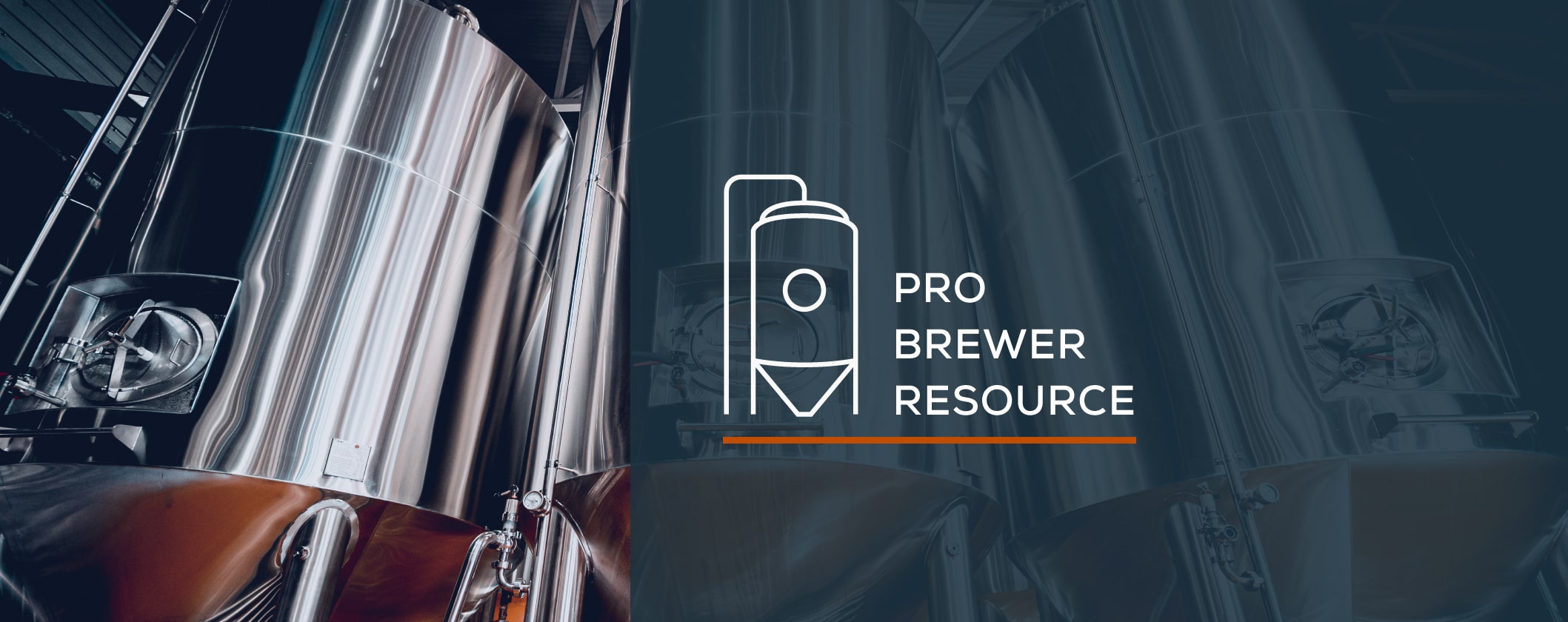Pitch Rate

Wyeast Laboratories pioneered pure direct pitch liquid yeast for craft brewing in 1986. With the most accurate, consistent, and reliable cell counts in the industry, you can utilize the guidelines below for different pitching methods and beer styles to achieve healthy and complete fermentations, batch after batch. For a pitch rate recommendation based on your specific beer or goals, please contact us.
Proper Pitch Rates:
The term pitch rate refers to the amount of yeast that is added to cooled wort, and is determined by multiple factors including beer style, batch size, wort density, fermentation temperature, and desired characteristics. Pitch rate is commonly referred to in cells per milliliter. A general rule of thumb in brewing is to pitch 0.5 million cells per mL per °P for low gravity wort, and 1-1.5 million cells per mL per °Plato of high original gravity wort. Consistent and reproducible fermentations are not possible without consistent and accurate pitch rates.
METHODS OF PITCHING
Direct Pitching:
Direct pitching refers to adding an appropriate quantity of commercial pure culture yeast directly to the final volume of wort to perform the process of fermentation. The quantity of yeast required for direct pitching will depend on brewing parameters, including yeast strain, gravity, and fermentation temperature. High gravity and cold fermentations require higher pitch rates. Visit the HIGH GRAVITY BREWING and LAGER BREWING sections for additional information.
Propagation Pitching:
Propagation refers to performing small fermentation steps in an effort to expand the culture prior to inoculation of final volume of wort. For information on how to propagate yeast, please visit the PROPAGATION section.
Yeast Harvesting & Repitching:
Successful repitching depends upon an adequate pitch rate of healthy, viable yeast that is free of contaminants. Under-pitching on the first brew will not only produce an aroma and flavor profile that is less than desirable, but will also lead to less consistency and fewer generations of use from that culture. More information can be found in the YEAST HARVESTING & REPITCHING section.
DETERMINING PITCH RATE
The following charts outline recommended pitch rates and volumes based on strain selection and wort/fermentation conditions. For specific information on Kettle Souring, Lager Brewing, and High Gravity Brewing, please visit those resource pages.
1 Beer Barrel (31 gal) is equivalent to 1.17 hectoliters.
Click chart to view full size.
 EFFECTS OF PITCH RATE ON BEER
EFFECTS OF PITCH RATE ON BEER
Pitch rates, in addition to strain, temperature, and gravity, make a dramatic difference in the final flavor and aroma profile of any beer. The pitch rate will have a direct effect on the amount of cell growth during a fermentation.
Influence of Pitch Rate on Fermentation Quality & Yeast Health:
With proper pitching, yeast can adequately utilize the oxygen and FAN available and in turn, produce more new cells. This results in an overall higher cell viability by the end of fermentation. Ester production is directly related to yeast growth as are most other flavor and aroma compounds. Cell growth decreases as pitch rates increases, particularly as pitching rates exceed the necessary amount. While higher pitch rates reach higher peak counts sooner, the net yeast growth is about the same as proper pitch rates. Consequently, yeast harvested from higher pitch rate fermenters will have a greater percentage of old yeast and lower viability.
A low pitch rate can lead to:
- Excess levels of diacetyl
- Greater levels of diacetyl and 2,3 pentanedione (VDK component)
- Increase in higher/fusel alcohol formation
- Increase in ester formation
- Increase in volatile sulfur compounds
- High terminal gravities
- Stuck fermentations
- Increased risk of infection
- Intensifies or accentuates hoppy aroma
High pitch rates can lead to:
- Very low ester production
- Very fast fermentations
- Thin or lacking body/mouthfeel
- Autolysis (Yeasty flavors due to lysing of cells)
- Low yeast viability
- Low IBU levels
- Greater alcohol yield
- Higher yeast cell count
- Higher percentage of old cells in harvested slurry
Manipulating Pitch Rate for Specific Styles:
With some beer styles, where a complex ester profile is desirable (German Wheat), it can be beneficial to under-pitch. Over-pitching can often lead to a very clean beer lacking an ester profile (banana). This is a common problem with subsequent generations of 3068 Weihenstephan Weizen. Conversely, beers that require a clean profile should be pitched with an increased rate.


